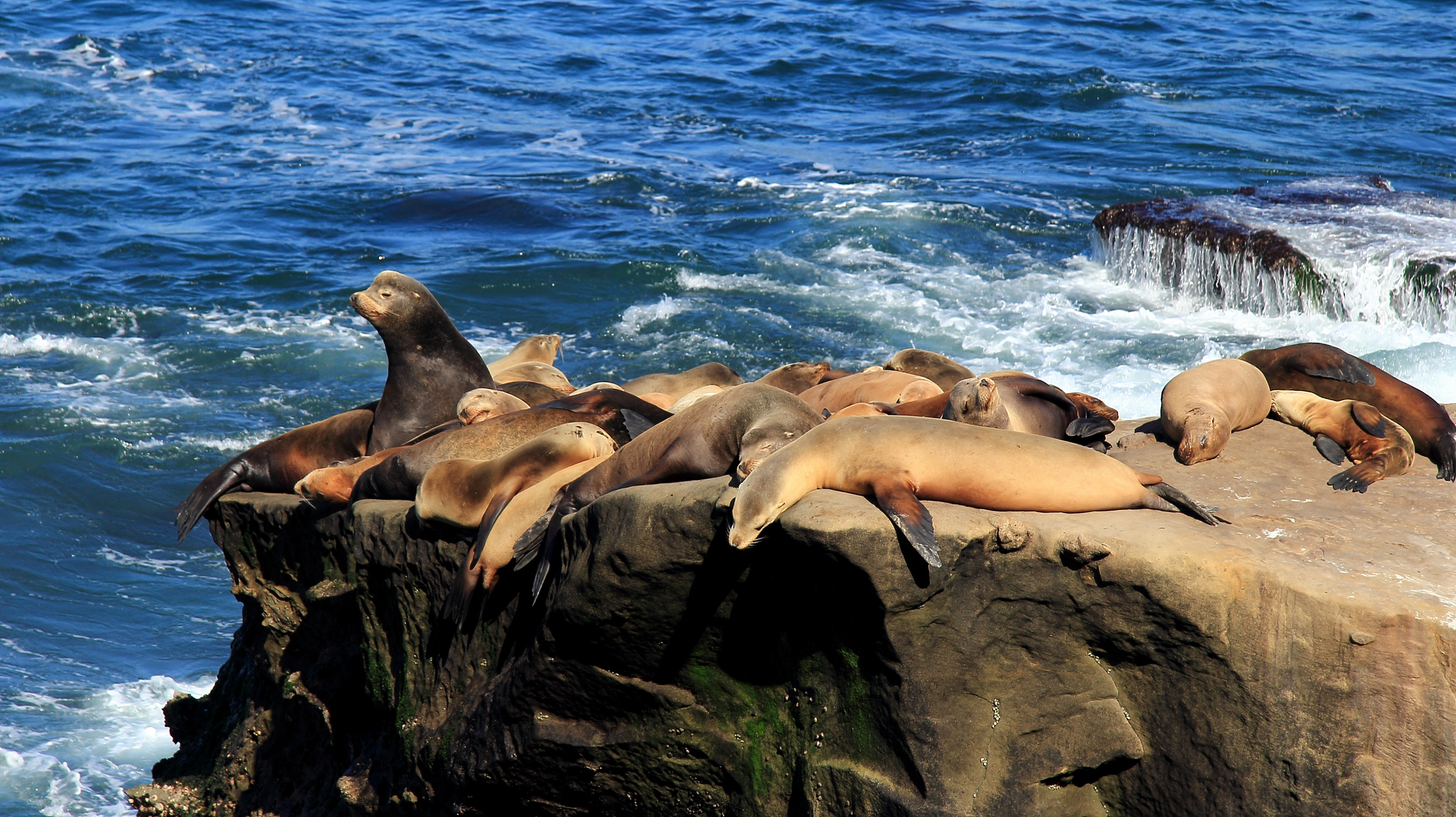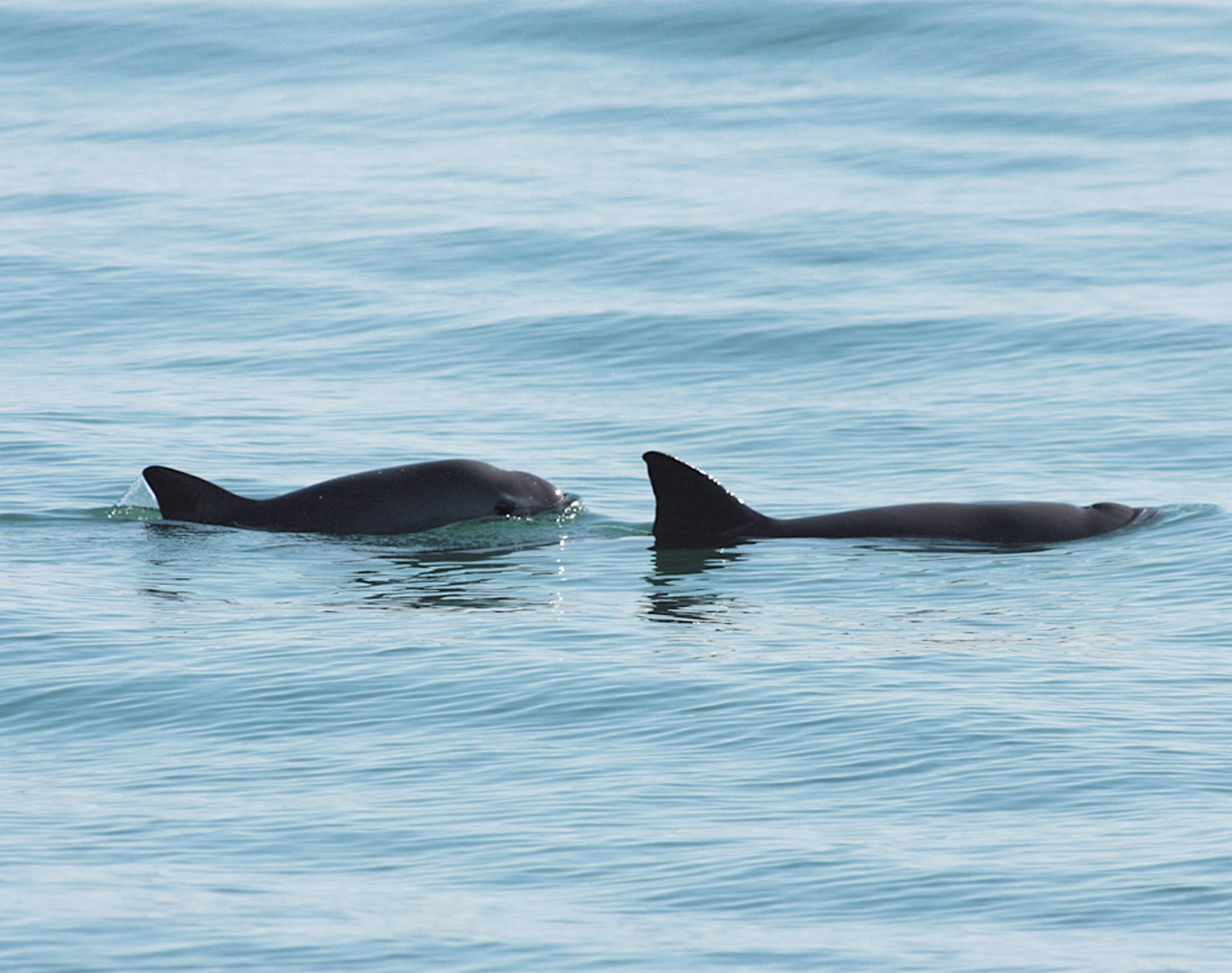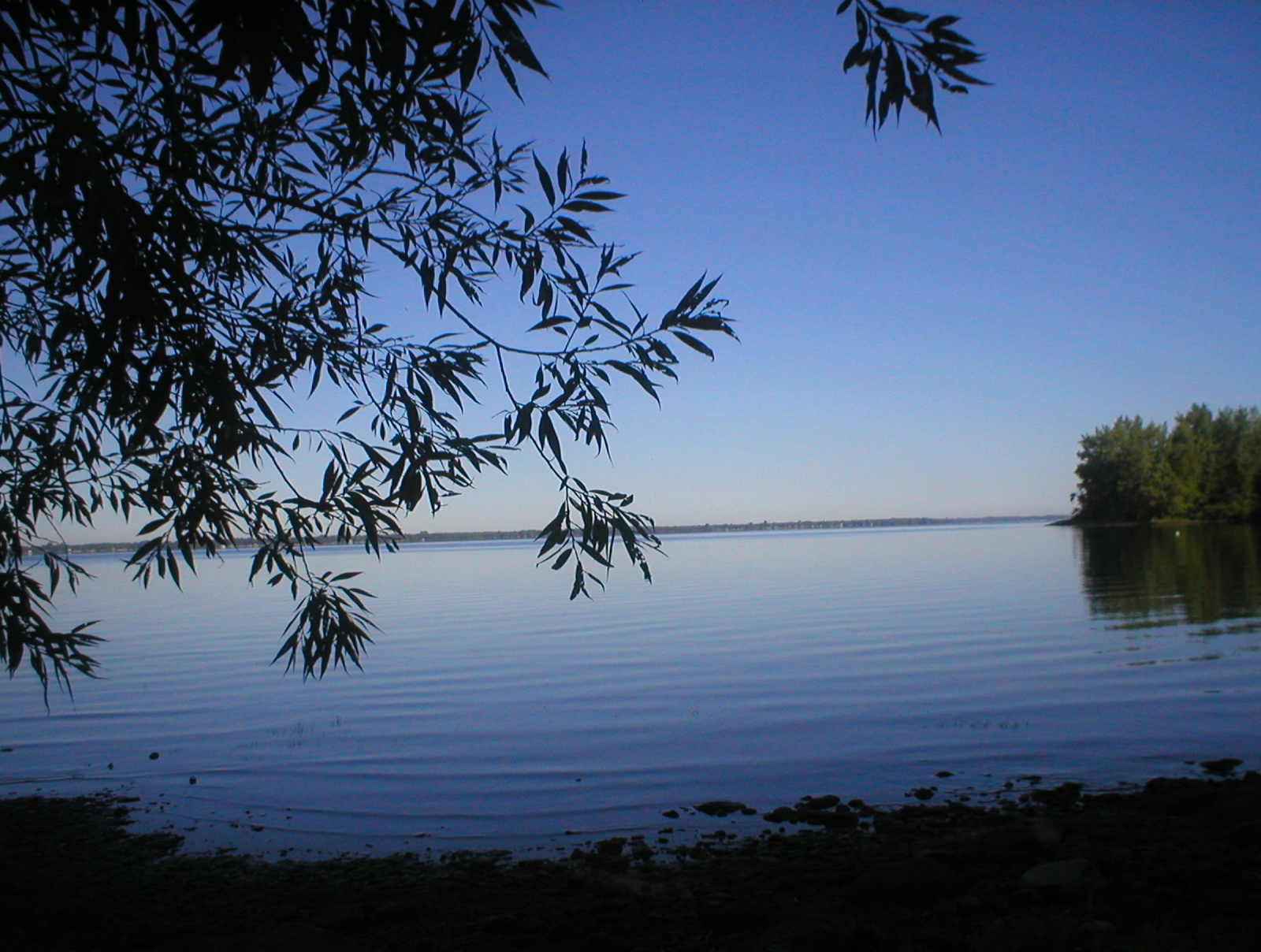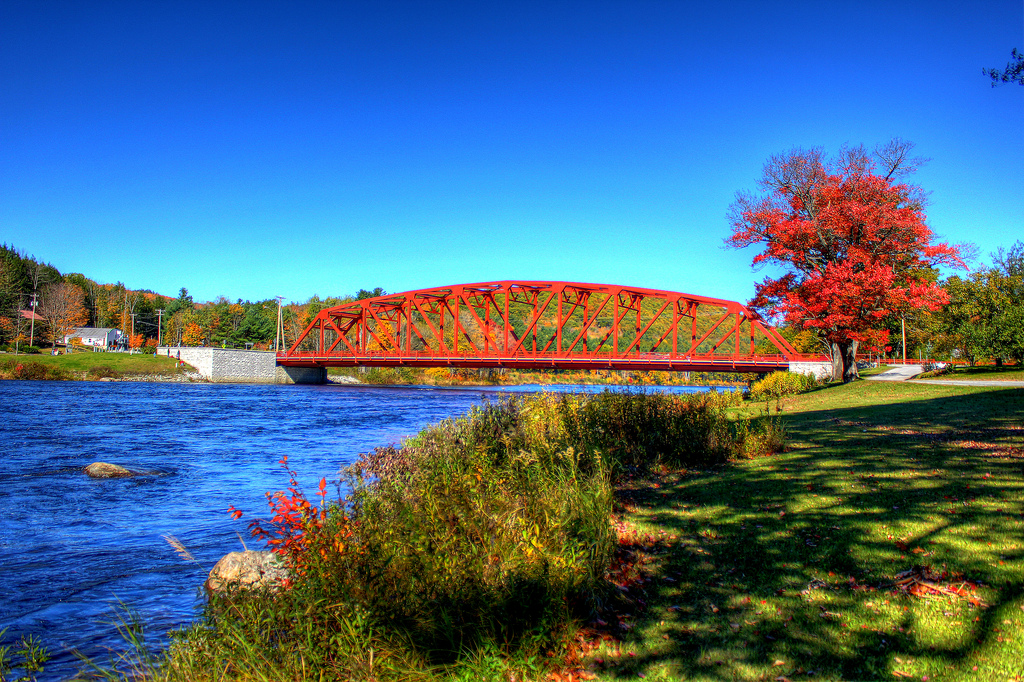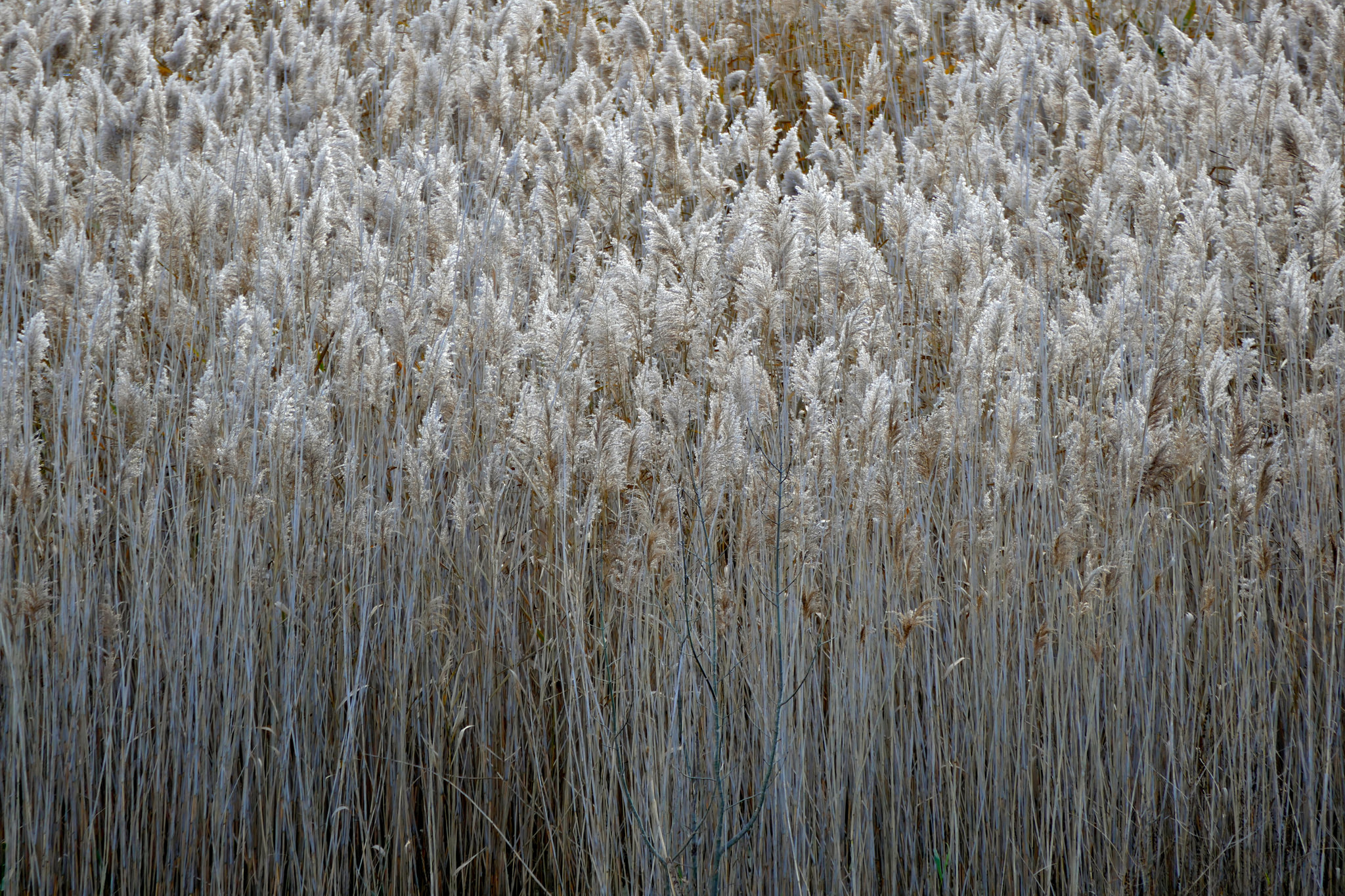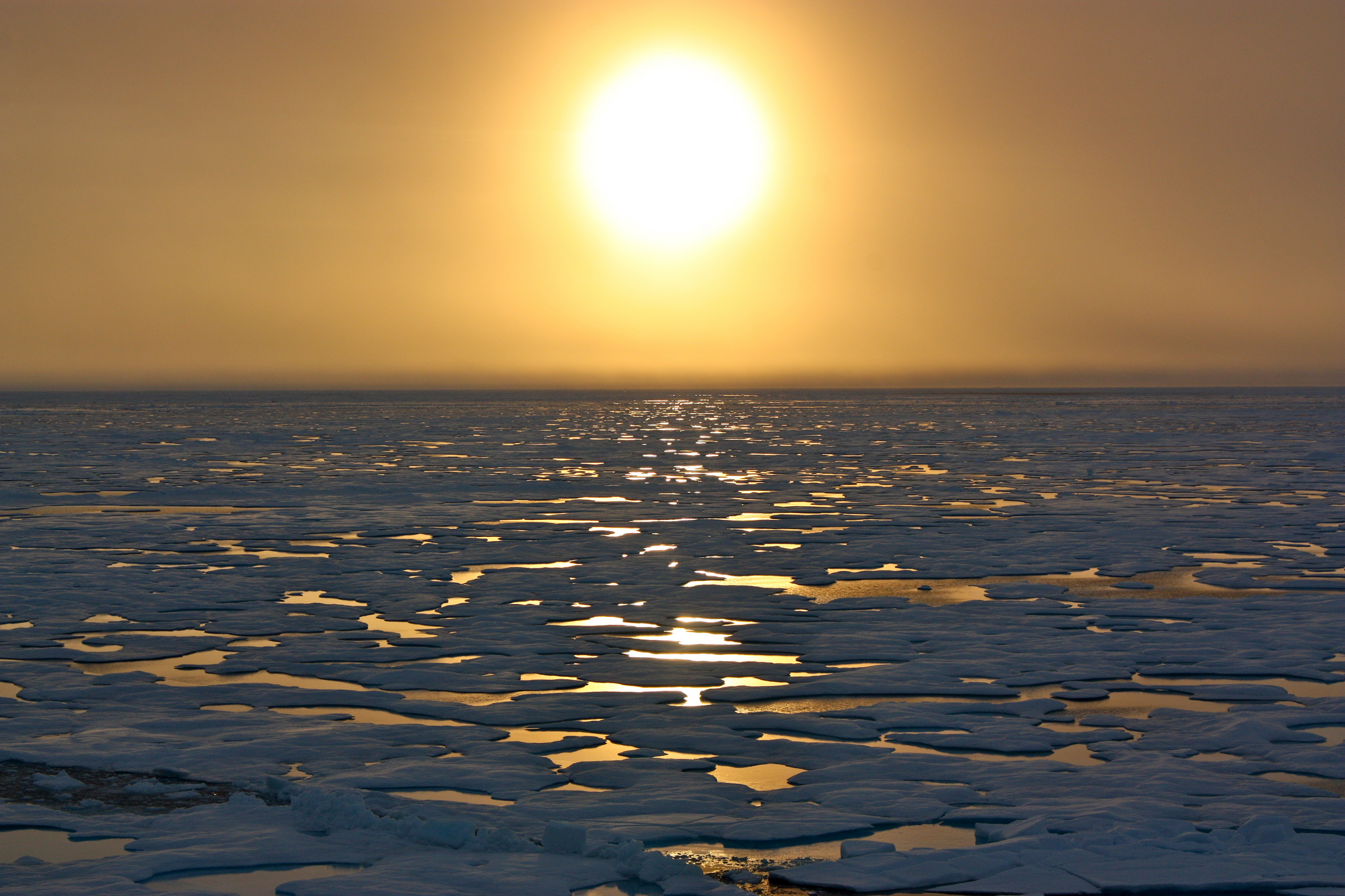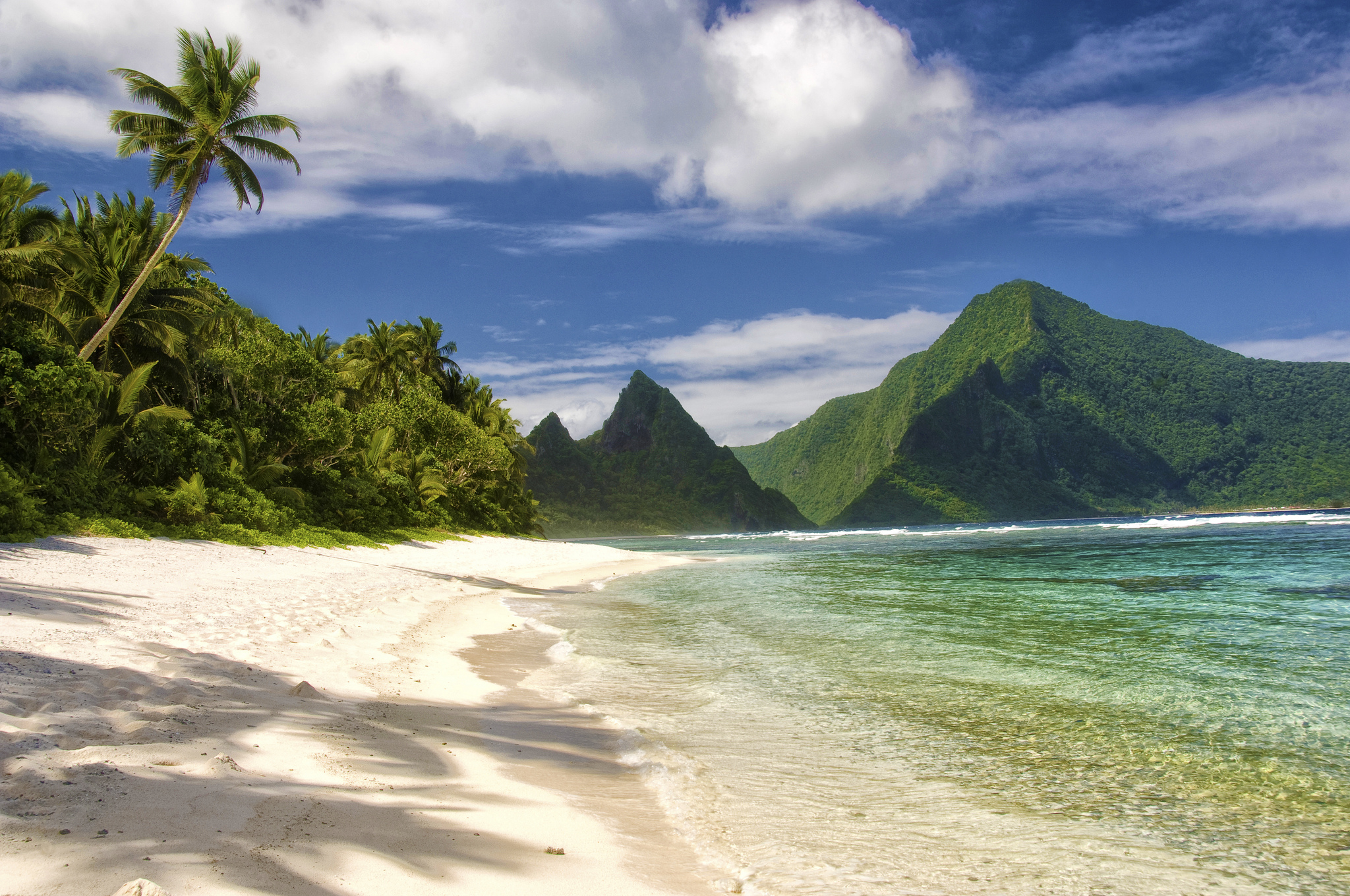Wildlife and Habitat
Plastic In The Arctic
On several occasions, we have talked about the enormous amount of plastic that litters the world’s oceans. Bits of bottles, bags, toys, fishing nets and other objects collect in gyres, or so-called garbage patches, which have grown and grown over the decades.
Melting Ice Adds Life To The Sea
The changing climate has many effects upon the world’s ecosystems, some of which are surprising. One of these relates to the effect of the increasing melting of ice in the Arctic. The ice melt is leading to more life in the Arctic sea.
Nature Is Satisfying
For most of us, a day spent in the mountains, the woods, or at the beach always seems like a good day. Communing with nature tends to make us feel better.
Threats To Coral Reefs
There has been much news recently about the growing bleaching events going on in the world’s coral reefs associated with ocean warming and acidification. The massive damage to Australia’s Great Barrier Reef is an ongoing tragedy.
Reviving Vaquitas
The world’s smallest porpoise is in real trouble. According to scientists, there could be as few as 30 vaquitas remaining on the planet. We highlighted the plight facing this species in detail last month.
Terrestrial Plants and Lake Ecosystems
Most of the planet’s freshwater stores are found in the northern hemisphere, a region that is changing rapidly in response to human activity and shifting climate trends. A recent study analyzed 147 northern lakes and found that many rely on nutrients from tree leaves, pine needles, and other land-grown plants to feed aquatic life.
The Great Barrier Reef
According to a new paper published in the journal Nature, global warming has damaged huge sections of Australia’s Great Barrier Reef. The authors of the paper warn that the resilience of the reef – which is the world’s largest living structure – is waning rapidly.
Did People Create The Sahara Desert?
One of the arguments some people make when discussing human causes of climate change is that people can’t cause such massive changes. However, there is a long historical record of human-driven ecological and climatic change in Europe, North America and New Zealand, among other places.
American Cities Fighting Climate Change
The federal government now appears to be headed down the path of not honoring America’s commitments to tackle global warming, but many of the country’s cities and states as well as its corporations have no intention of breaking our promises to the world.
Climate Change And A Divided Country
This Saturday is Earth Day and it’s also the occasion for the March for Science taking place in Washington, DC and in many other cities around the world. The purpose is to express support for scientific research and evidence-based policies in a tumultuous political environment.
Pesticides And Food Insecurity
A newly released report by the United Nations takes a strong stance against the use of industrial agrochemicals, saying that they are not necessary for feeding the world. The continued use of pesticides at the rate the world currently does in fact can have very detrimental consequences.
DNA Analysis of River Water
DNA analysis has become commonplace and inexpensive. Millions of people have their DNA tested to learn about their origins and family connections. And the technology has spread to biological research in the form of Environmental DNA or eDNA, which is such a powerful tool that it is transforming the field of wildlife biology.
The Threat Of Man-Made Earthquakes
According to a new report from the U.S. Geological Survey, millions of people living in Oklahoma and parts of Kansas face significant potential for damaging earthquakes this year as a result of human activity. The only other part of the continental United States facing a similar danger is California, which has natural faults lines slicing through the state.
Saving Bees With Software
The worldwide decline in the population of bees and other pollinators has impelled farmers to do what they can to encourage and nurture bees on their land. Protecting bees is important because pollinators are essential for growing many foods including coffee, cacao, almonds and many other fruits and vegetables.
A Helpful Invader
Invasive species are a great concern for the health and stability of ecosystems. They are defined as plants, animals or pathogens that are non-native to the ecosystem under consideration and whose introduction causes or is likely to cause harm. It is that latter consideration that isn’t always obvious.
Arguing Against Climate Change
Most of the world has accepted the analysis of the overwhelming majority of climate scientists that shows that our planet is warming and that our actions are the primary cause. However, some people – notably a number holding high office – reject this analysis. What exactly does it imply to say that climate change is not happening or is not caused by us?
Islands Ditching Diesel
Islands around the world have a difficult time developing the infrastructure for electricity generation. Many are simply too small or too poor for conventional power plants. The most common electricity source on islands is diesel generators which are not environmentally friendly and result in some of the most expensive electricity in the world.
Wildlife Rediscoveries
We recently brought you the rediscovery story of cave squeakers. These tiny frogs, known for their high-pitched whistling calls, were native to the mountainous region of eastern Zimbabwe but had not been seen since 1962. That all changed in late 2016, when researchers found four cave squeakers, confirming that after 58 years the species was not extinct. Cave squeakers remain critically endangered according to the IUCN’s Red List of Endangered Species.
Ocean Oxygen Levels
When we think of global climate change, what comes to mind? Rising seas? Melting glaciers? Shrinking sea ice? How about diminishing ocean oxygen levels?
